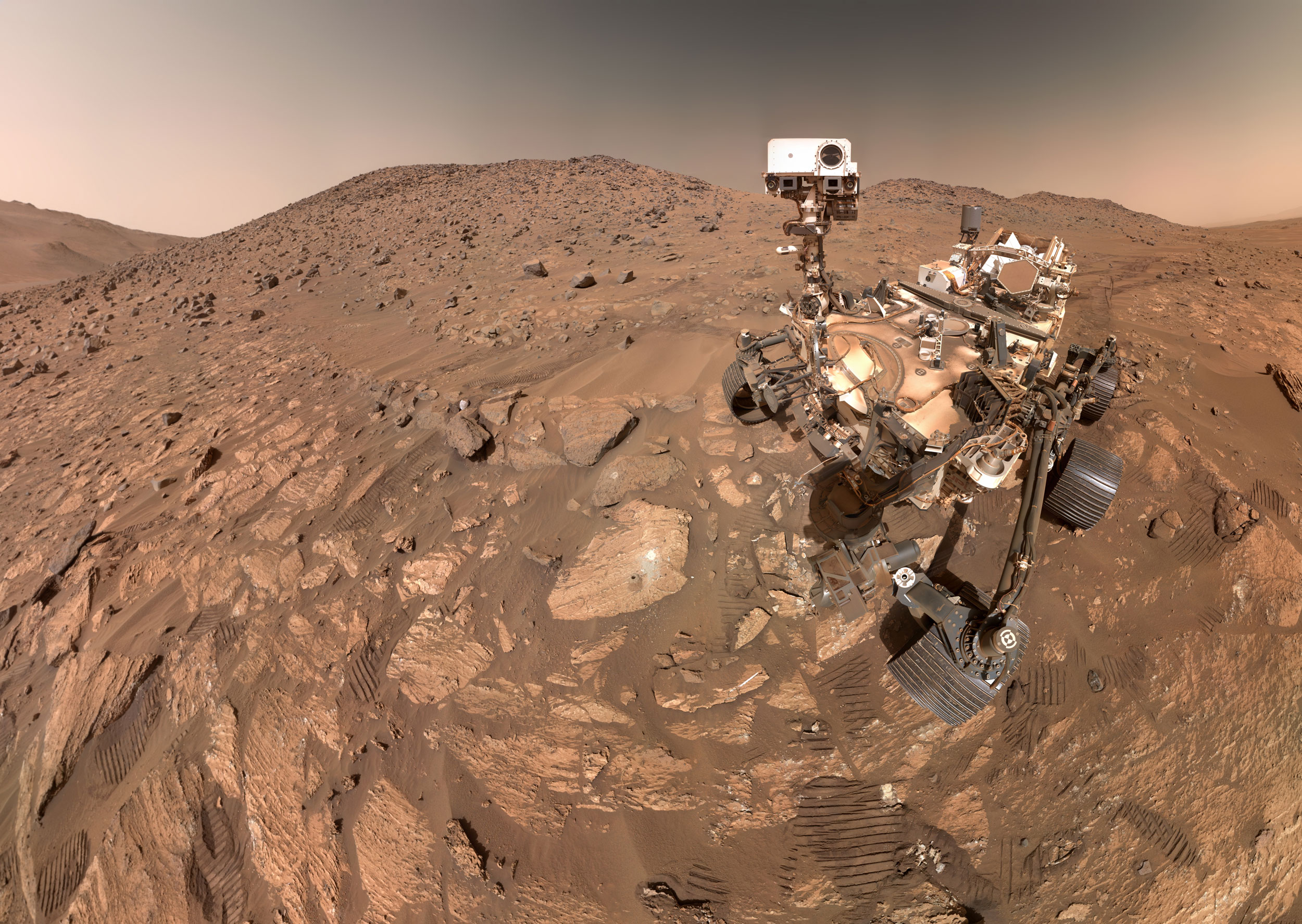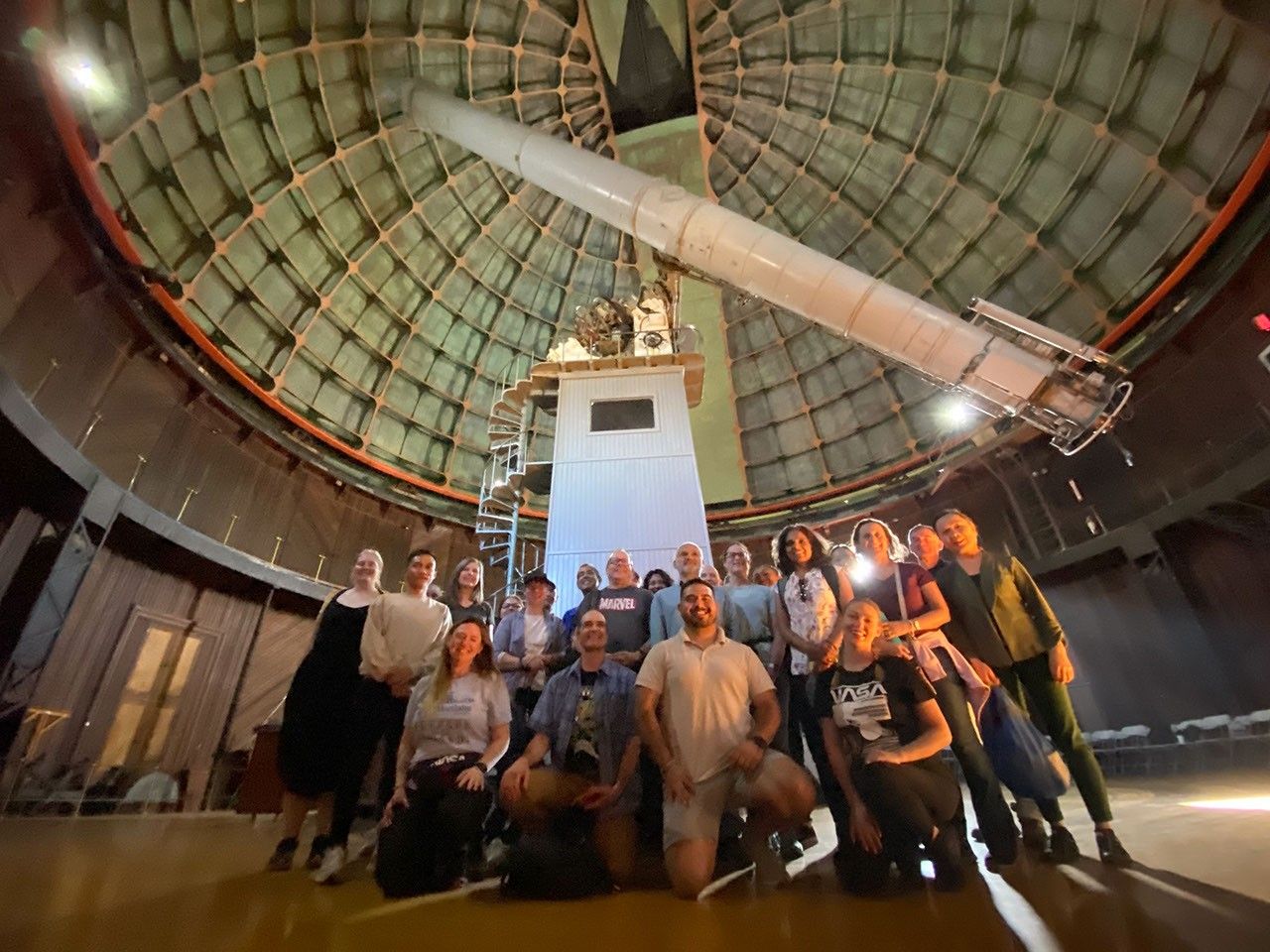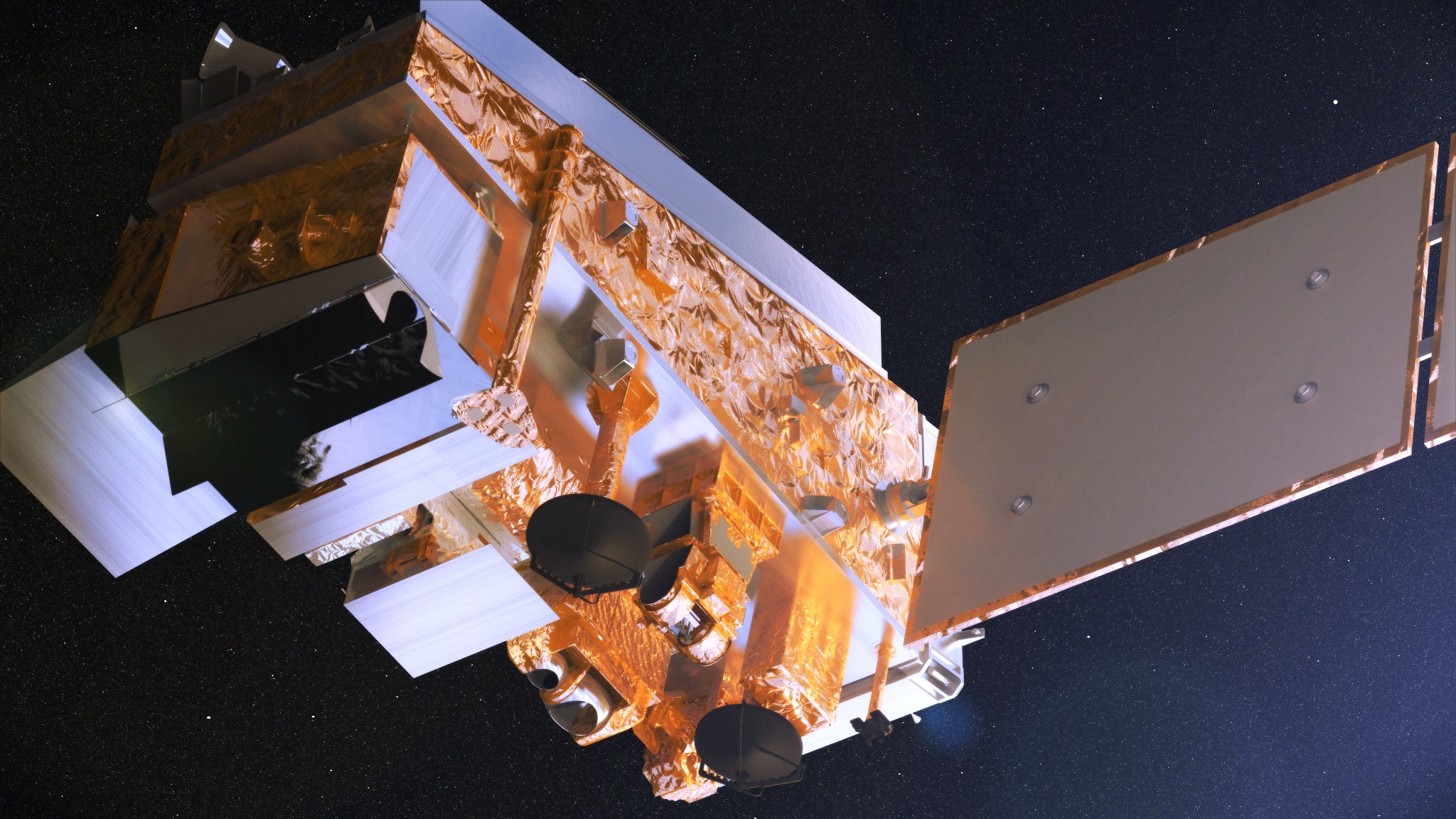After five years in space, the NASA/NOAA Suomi National Polar-orbiting Partnership (Suomi NPP) mission continues to contribute significant advances in severe weather prediction and environmental monitoring leading to better forecasts and situational awareness for the nation and users worldwide.
Launched on Oct. 28, 2011, Suomi NPP is a bridge to National Oceanic and Atmospheric Administration’s (NOAA) next generation Joint Polar Satellite System (JPSS) weather satellites. The JPSS-1 satellite is scheduled to launch in 2017 to complement the data from Suomi NPP.
Suomi NPP also helps extend measurement records for environmental variables that have been made through the research instruments aboard the major platforms of NASA’s Earth Observing System (Terra, Aqua, Aura) since their respective launches in 1999, 2002 and 2004, respectively, also building on data from earlier NOAA operational platforms and NASA research satellites to help create multi-decadal environmental records.
Currently NOAA’s primary polar-orbiting weather satellite, Suomi NPP data provide critical input into weather forecasts beyond 48 hours and is increasing the consistency and accuracy of forecasts three to seven days in advance of a severe weather event for NOAA’s National Weather Service. These data are also provided to other federal, state and local users; commercial weather sector; and international partners. Research scientists throughout the United States and the world use Suomi NPP data as they study severe weather, atmospheric and oceanographic phenomena and climate.
Data produced by Suomi NPP are derived from a new generation of instruments that will also fly on NOAA’s JPSS-1 satellite: Visible Infrared Imaging Radiometer Suite (VIIRS), Cross-track Infrared Sounder (CrIS), Advanced Technology Microwave Sounder (ATMS), and Ozone Mapping and Profiler Suite (OMPS) Nadir. Suomi NPP provides the first mission using these instruments, and also flies the fifth flight model of the Cloud and Earth Radiant Energy System (CERES). The sensors build on some of the capabilities pioneered by the NASA’s Earth Observing System Satellites and the Department of Defense’s Defense Meteorological Satellite Program.
Suomi NPP data are used to generate dozens of environmental data products, including measurements of atmosphere, oceans and land conditions. These include: atmospheric temperature/moisture profiles; clouds; hurricane intensity and position; thunderstorms, tornado potential; ice detection; precipitation and floods; dense fog; volcanic ash; fire and smoke; sea surface temperature and ocean color; sea ice extent and snow cover/depth; polar satellite-derived winds (speed/direction/height); vegetation greenness indices and health; ozone; and oil spills.
It takes Suomi NPP 14 orbits to observe the entire Earth in one day. The weather and environmental mission data from its five instruments for each orbit are stored and transmitted to Earth every orbit.
Suomi NPP stored mission data is collected by a ground station in Svalbard, Norway, and is then routed to the NOAA Satellite Operations Facility in Suitland, Maryland, where it is processed and distributed. With JPSS-1, there will also be a transmission to antennas at McMurdo Station, Antarctica near the South Pole to enable data to be received and routed every half orbit, cutting the time processed data is sent to users by half.
In addition, Suomi NPP data are accessed by users through the use of direct broadcast antennas to quickly access Suomi NPP observations made while in view of each direct broadcast antenna to support critical missions.
For more information about Suomi NPP and JPSS, visit:
https://www.nasa.gov/mission_pages/NPP/main/index.html
Audrey Haar
NASA’s Goddard Space Flight Center, Greenbelt, Md.
Audrey.J.Haar@nasa.gov
240-684-0808
Lauren Gaches
NOAA NESDIS Communications, JPSS Satellite Programs



























